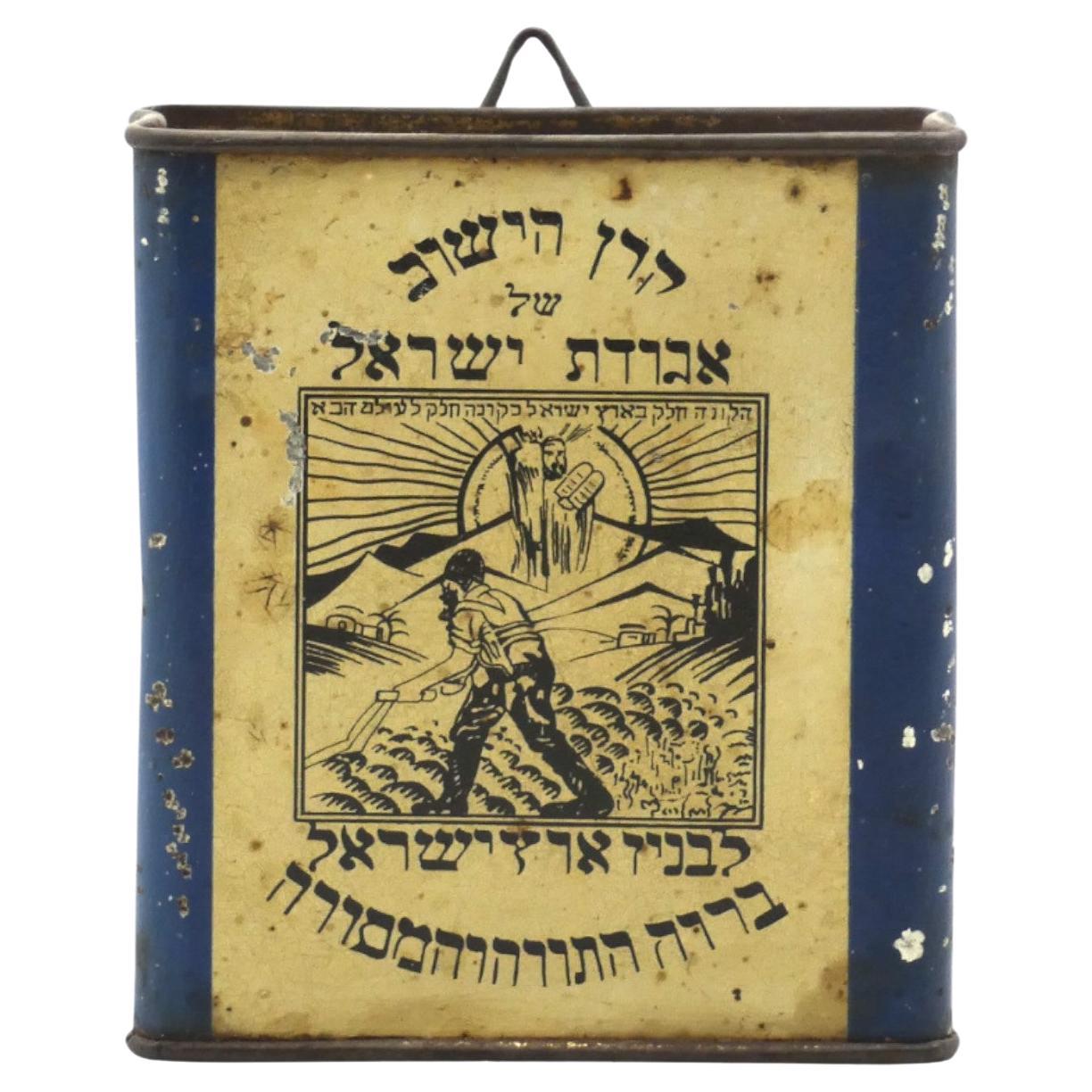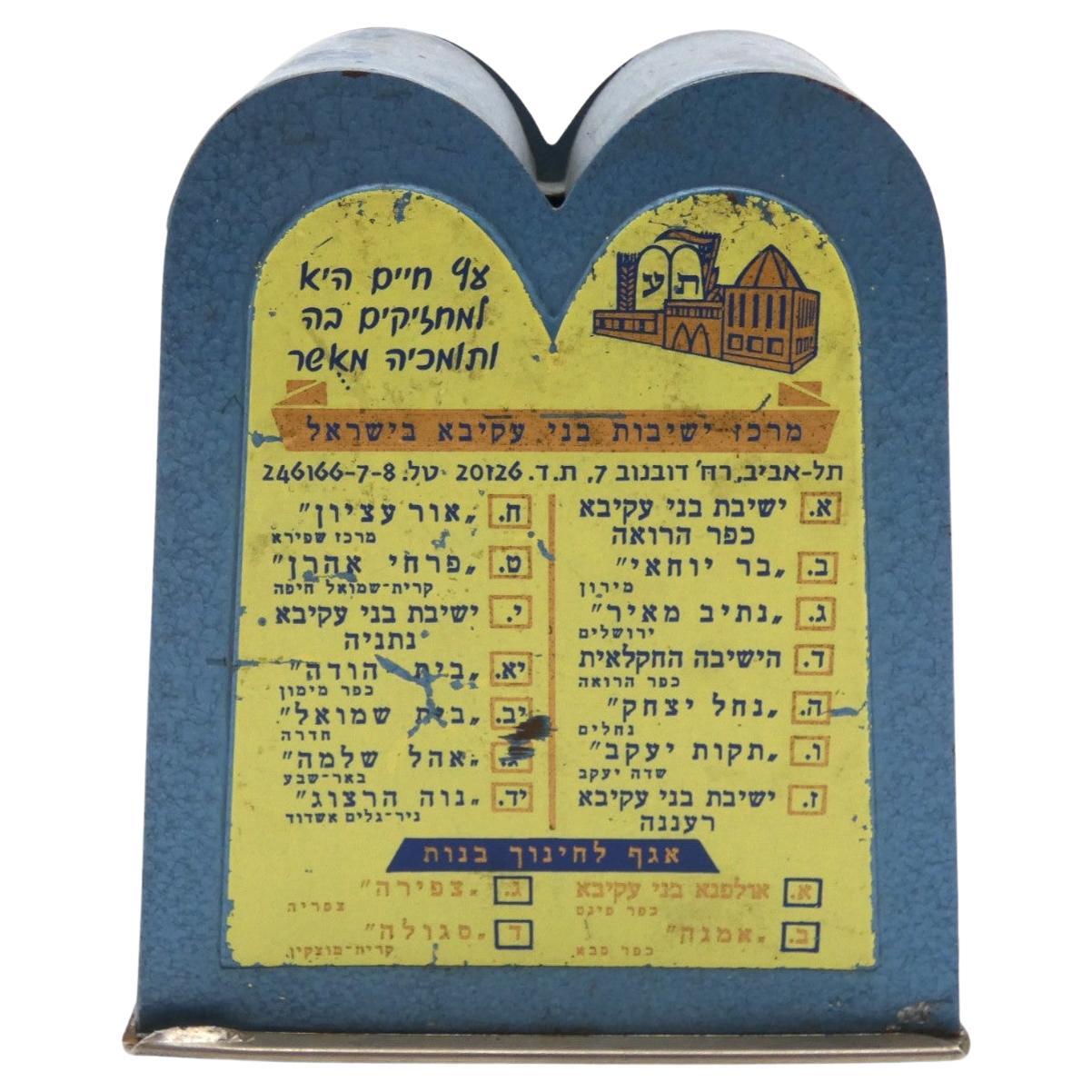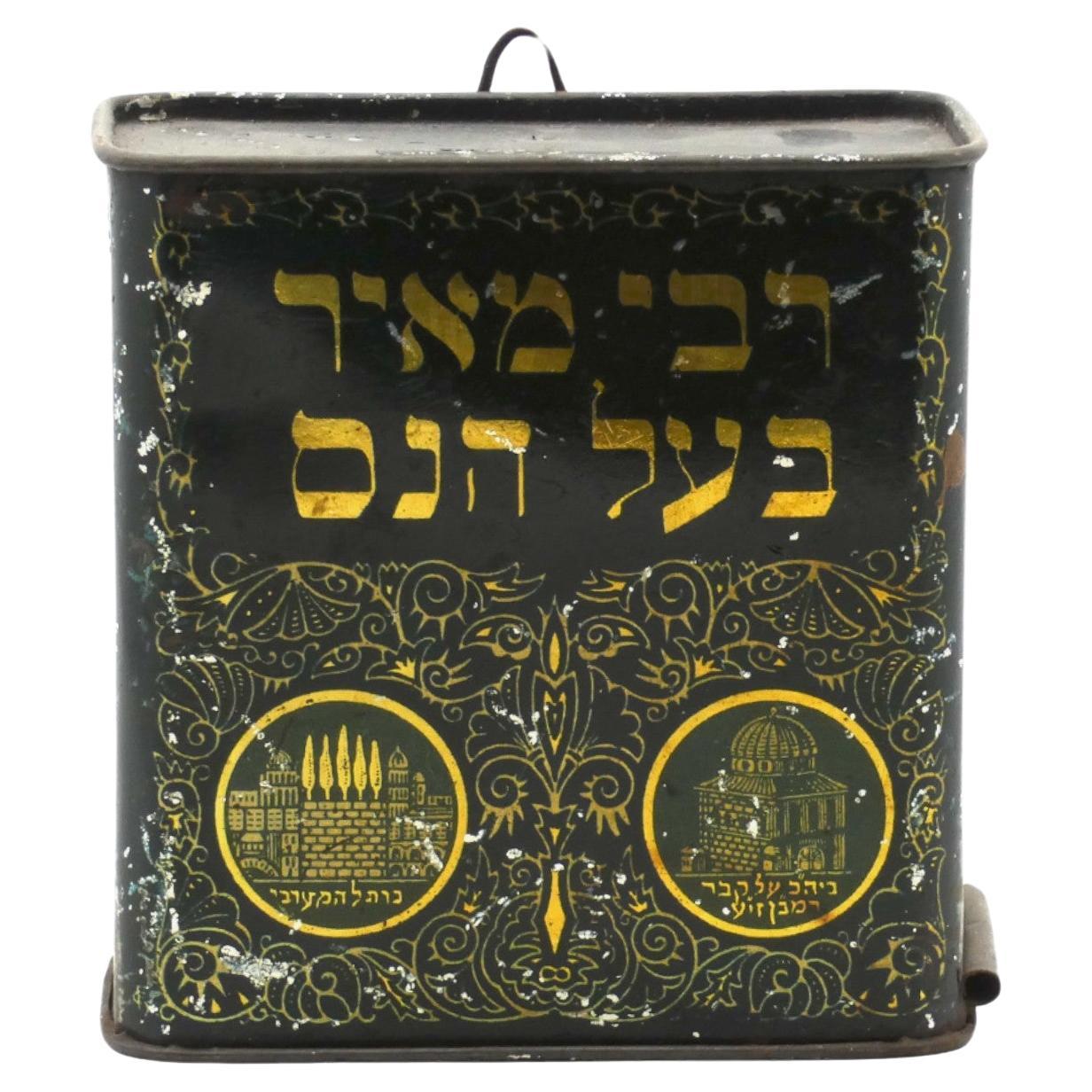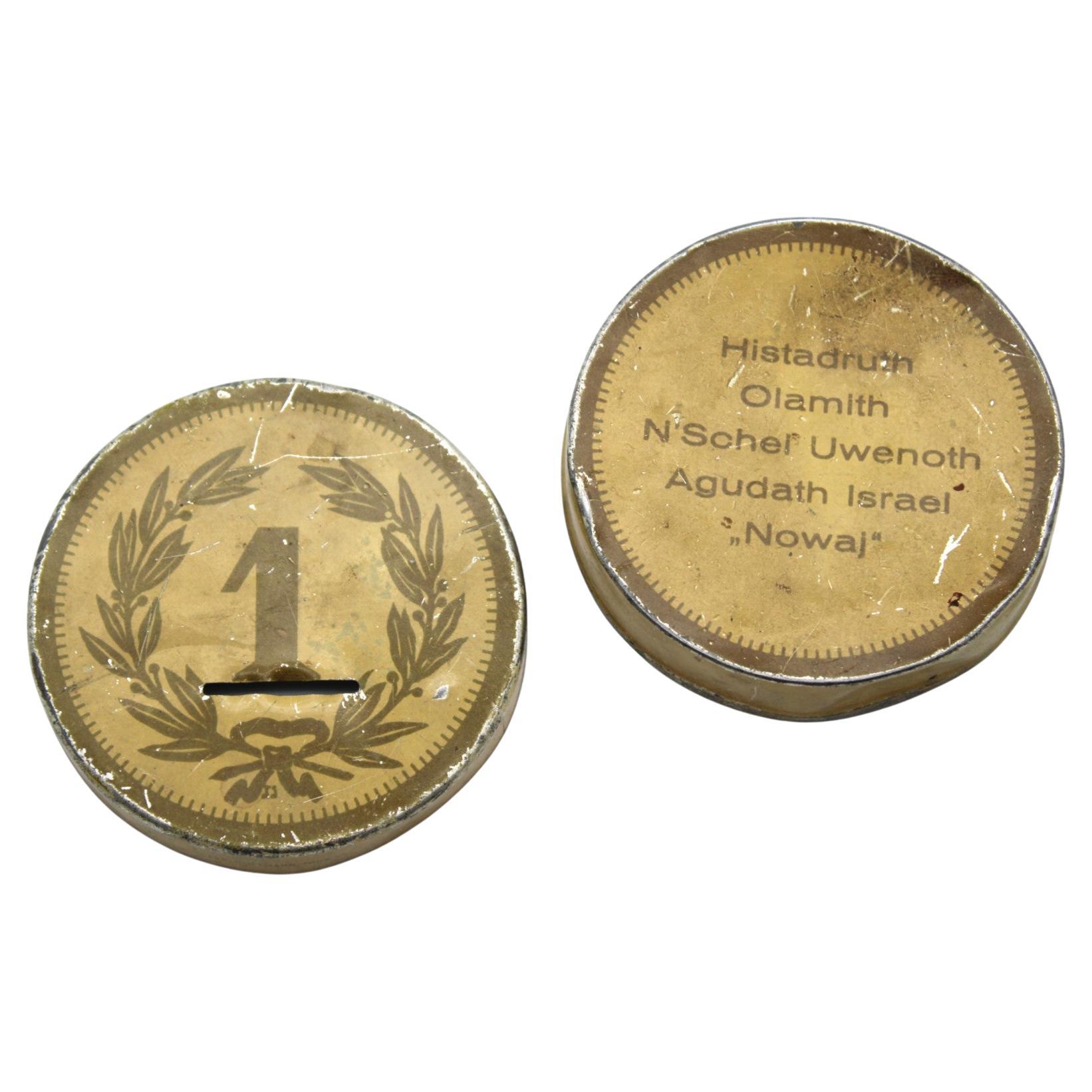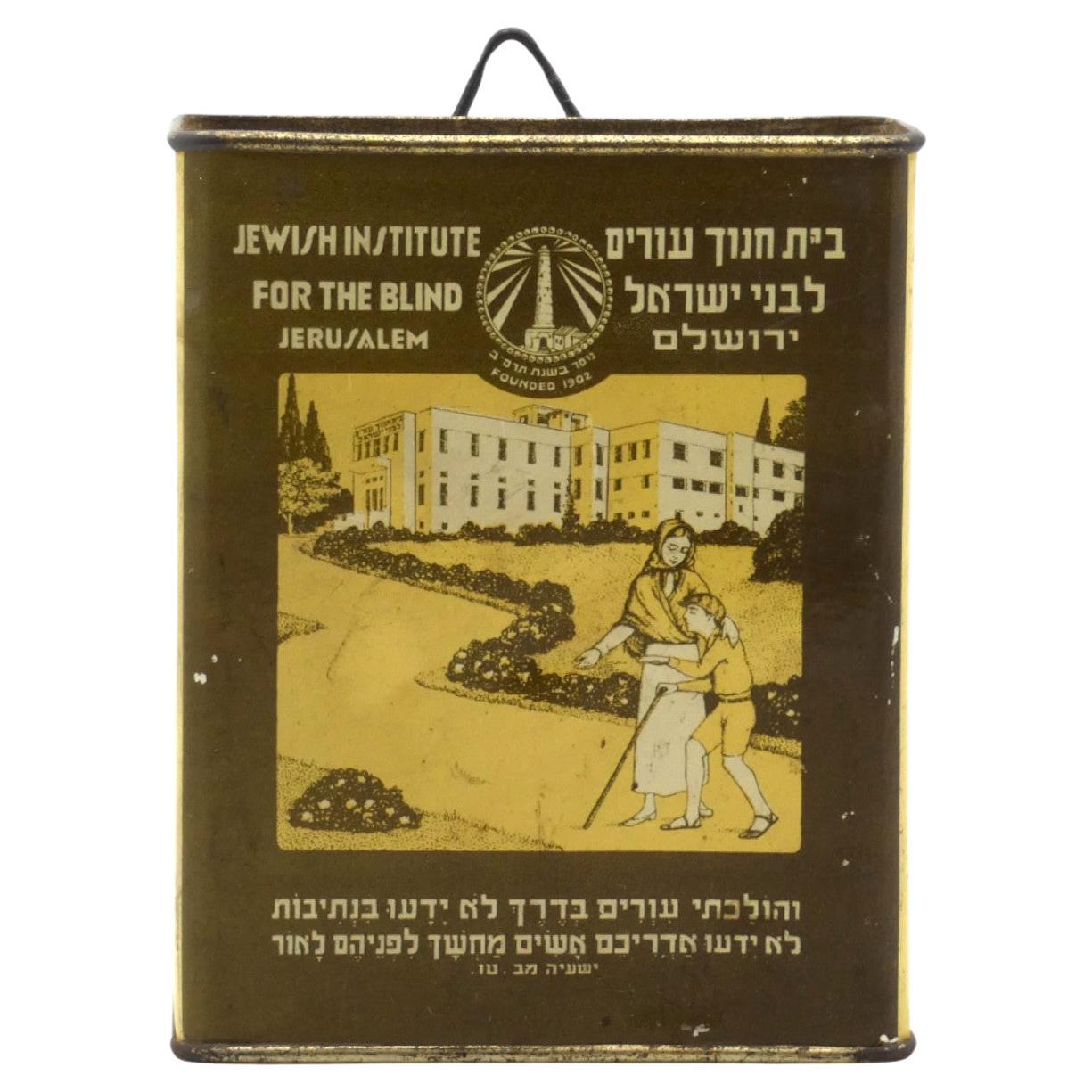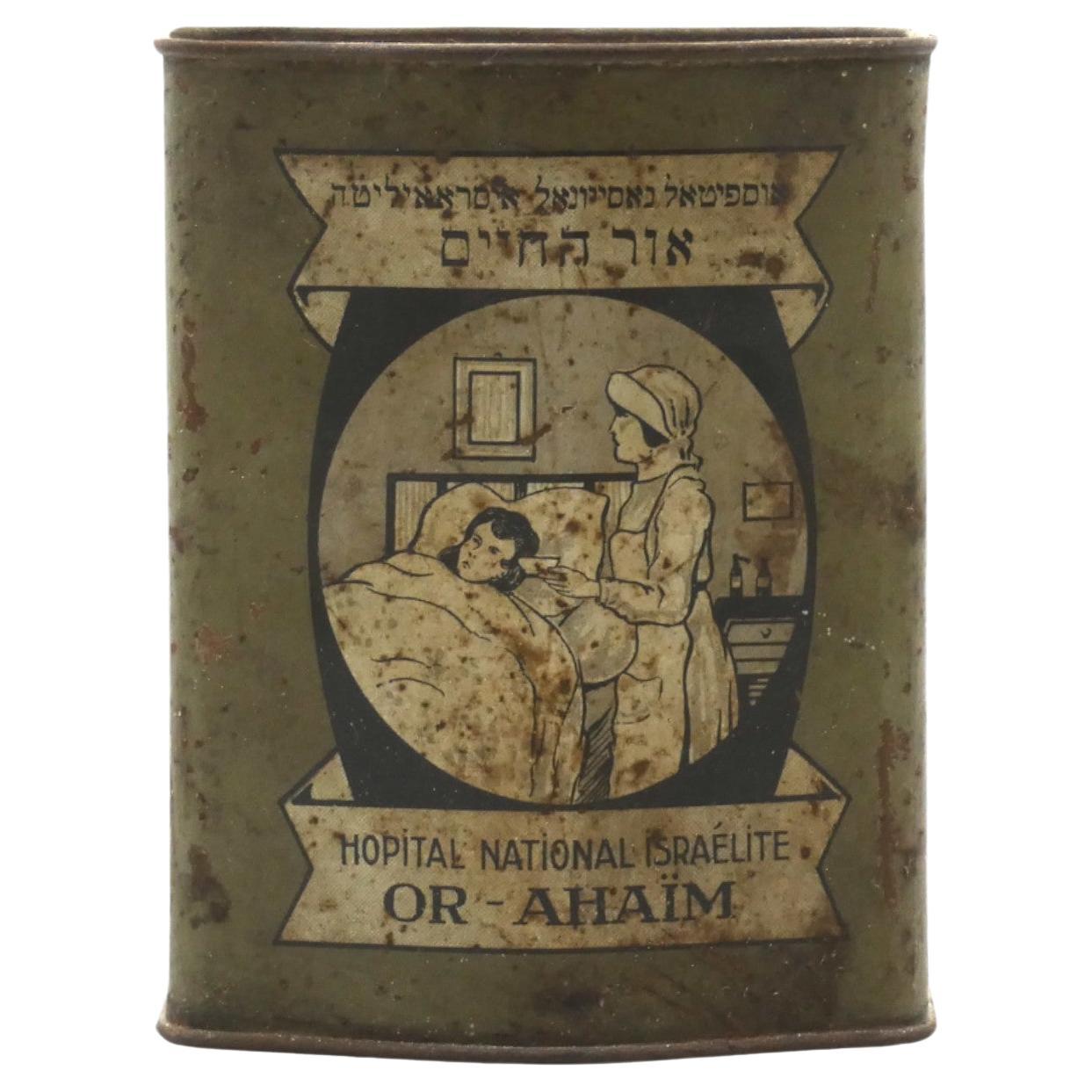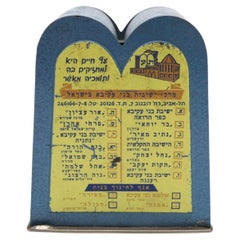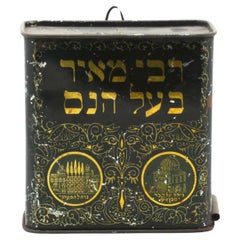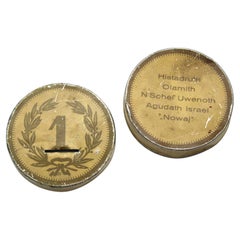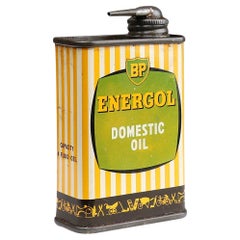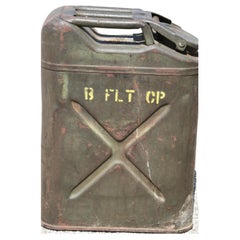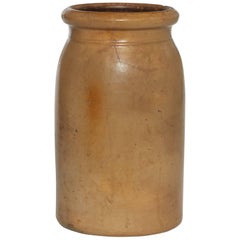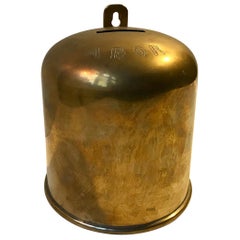Items Similar to An American Bnei B'rith Charity Container, Circa 1950
Want more images or videos?
Request additional images or videos from the seller
1 of 6
An American Bnei B'rith Charity Container, Circa 1950
$400
$50020% Off
£301.60
£37720% Off
€347.55
€434.4420% Off
CA$554.91
CA$693.6420% Off
A$621.77
A$777.2120% Off
CHF 323.66
CHF 404.5720% Off
MX$7,606.42
MX$9,508.0220% Off
NOK 4,108.21
NOK 5,135.2620% Off
SEK 3,880.16
SEK 4,850.2020% Off
DKK 2,594.56
DKK 3,243.2020% Off
Shipping
Retrieving quote...The 1stDibs Promise:
Authenticity Guarantee,
Money-Back Guarantee,
24-Hour Cancellation
About the Item
An American Bnei B'rith Women's Bank Charity Container from circa 1950 represents a specific artifact tied to the philanthropic efforts of the Bnei B'rith Women's organization during that period.
Bnei B'rith Women: Bnei B'rith Women (BBW), established in 1897, is a Jewish women's service organization committed to philanthropy, community service, and education. It operates independently but collaborates closely with Bnei B'rith (the men's organization) on various initiatives.
Similar to other charity containers, these Bnei B'rith Women containers were used to collect donations for charitable causes supported by the organization. These causes typically included scholarships, humanitarian aid, medical research, and community programs aimed at supporting Jewish communities and advancing social justice.
Charity container is made with a tin cover, removable bottom, and a hard circular encapsulating paper featuring the Bnei B'rith Women bank, logo, and mission statement at the front. On reverse a list of the causes that the organization collected for is written.
This charity container was made in the post-World War II era, a time when Jewish organizations like Bnei B'rith Women were actively engaged in supporting Holocaust survivors, promoting Jewish identity, and advocating for human rights and social welfare issues.
Charity containers from Bnei B'rith Women from circa 1950 are significant as historical artifacts that document the philanthropic efforts and community activism of Jewish women in America during a pivotal period of social change and reconstruction.
- Dimensions:Height: 3 in (7.6 cm)Diameter: 2.37 in (6 cm)
- Materials and Techniques:
- Place of Origin:
- Period:
- Date of Manufacture:1950's
- Condition:Wear consistent with age and use.
- Seller Location:New York, NY
- Reference Number:1stDibs: LU5281240024542
About the Seller
5.0
Recognized Seller
These prestigious sellers are industry leaders and represent the highest echelon for item quality and design.
Established in 2006
1stDibs seller since 2020
130 sales on 1stDibs
Typical response time: Several days
- ShippingRetrieving quote...Shipping from: Pomona, NY
- Return Policy
Authenticity Guarantee
In the unlikely event there’s an issue with an item’s authenticity, contact us within 1 year for a full refund. DetailsMoney-Back Guarantee
If your item is not as described, is damaged in transit, or does not arrive, contact us within 7 days for a full refund. Details24-Hour Cancellation
You have a 24-hour grace period in which to reconsider your purchase, with no questions asked.Vetted Professional Sellers
Our world-class sellers must adhere to strict standards for service and quality, maintaining the integrity of our listings.Price-Match Guarantee
If you find that a seller listed the same item for a lower price elsewhere, we’ll match it.Trusted Global Delivery
Our best-in-class carrier network provides specialized shipping options worldwide, including custom delivery.More From This Seller
View AllA Keren Hayeshuv Charity Container, Israel Circa 1940
Located in New York, NY
A Keren Hayeshuv charity container from Israel circa 1940 is an artifact tied to the early years of the State of Israel and its efforts to support Jewish settlement and development.
Keren Hayeshuv, which translates to "The Settlement Fund," was an organization established in Israel during the pre-statehood period and continued its activities after the establishment...
Category
Vintage 1940s Israeli Religious Items
Materials
Tin
A Charity Container for the Bnei Akiva Organization , Israel 1950
Located in New York, NY
A charity container for the Bnei Akiva organization in Israel from around 1950 reflects the ethos and activities of this prominent religious Zionist youth movement.
Bnei Akiva is a ...
Category
Vintage 1950s Israeli Religious Items
Materials
Metal
$1,120 Sale Price
20% Off
A Rabbi Meir Ba'al Haness Charity Container, Israel Circa 1920
Located in New York, NY
A Rabbi Meir Ba'al Haness charity container from Israel circa 1920 is an artifact associated with Jewish religious devotion and charitable traditions.
Rabbi Meir Ba'al Haness, also ...
Category
Vintage 1920s Israeli Religious Items
Materials
Tin
$1,440 Sale Price
20% Off
An Early Charity Container from an Agudath Israel Convention
Located in New York, NY
This unique vintage pushka (charity box) is a rare historical piece from an Agudath Israel convention held in early 20th-century Europe, possibly near Switzerland. The design and inscriptions suggest that it was distributed to attendees as a keepsake and functional charity collection box.
The pushka is made of tin, crafted by the European company Gebr. Hoffman, which began producing tins in 1904 in Thun, Switzerland. The two halves of the box fit together seamlessly, ensuring a secure closure. One side features an embossed design resembling an early 20th-century Swiss coin, with a large "1" encircled by a laurel wreath. Below the number, a narrow slit allows for the insertion of coins, making it a practical donation container.
The reverse side of the tin bears...
Category
Early 20th Century European Religious Items
Materials
Tin
A Charity Container For Jewish Institute for the Blind by Alfred Saltzman, 1930
Located in New York, NY
A charity container for the Jewish Institute for the Blind by Alfred Saltzman from Jerusalem in 1930 reflects the efforts to support education and welfare for visually impaired indiv...
Category
Vintage 1930s Israeli Historical Memorabilia
Materials
Tin
$1,760 Sale Price
20% Off
A Turkish Or-A'Haïm National Israelite Hospital Charity Container, Circa 1930
Located in New York, NY
A charity container for the Turkish Or-A'Haïm National Israelite Hospital from circa 1930 is a historically significant artifact reflecting efforts to support healthcare and charitab...
Category
Vintage 1930s Turkish Religious Items
Materials
Tin
$1,920 Sale Price
20% Off
You May Also Like
Rare Art Deco style BP domestic oil can, UK ca. 1920
Located in Meulebeke, BE
United Kingdom / 1920 / oil can / tin / Art Deco / Mid-century
Very early original BP Domestic oil can from the United Kingdom, ca. 1920. On the can is a picture of the early BP Lo...
Category
Vintage 1920s British Art Deco Decorative Boxes
Materials
Tin
WWII Vintage Water Can
Located in Pasadena, TX
This is a vintage metal gas can. It has a really nice patina.
Category
20th Century American Historical Memorabilia
Materials
Metal
Early 20th Century Extra Large American Canning Jar
Located in Chicago, IL
Early 20th century American extra large canning jar.
Category
Early 20th Century American Jars
Materials
Clay
Vintage Israeli Church Tithing Bank in Brass
Located in Esbjerg, DK
A wall hung church money bank in brass. It reads Tabor to its front - incised by hand. Presumably it has been used for tithing at one the churches of Mount Tabor...
Category
Early 20th Century Israeli Religious Items
Materials
Brass
$444 Sale Price
25% Off
extremely rare Algerian Judaica silver, jewish Dowry box early 19th century
Located in Tel Aviv - Jaffa, IL
Amazing and scarce JUDAICA object, we have here one of the most touching jewish objects we had for a long time, this small silver dowry box was made in Algeria in the early 19th century, it is all covered with symbols of jewish faith and of couples, the sliding lid has 2 flanking birds with hamsa (protective hand) on each side and a flower vase in the middle.
one side shows two flanking lions with a tree in the middle and the other side shows again two big and two small birds with a flower bowl in the middle, front side has a key hole and next to it there is the Hebrew inscription ס״ט״" which says Siman tov or in English "a good sign" it is taken from the wedding blessing, underneath the lock there is another inscription with the name ״עזיזה בת אברהם בן חמו״ which is the name of the bride, her father and her grandfathers name.
the box is full marked a lot of times with the silversmith mark, every side of the box is marked.
this box was probably ordered by the grooms family to hold the jewelry they are giving to the bride as dowry, this type of objects are rare and there are just a few of them on museum collections.
DOWRY (Heb. נְדֻנְיָה), the property a wife brings to her husband at marriage; the Yiddish equivalent, nadn, is from the same root. The custom of nedunyah became clearly defined and institutionalized only in the talmudic period. In biblical times, mohar (מֹהַר), whereby the groom bought his wife from her father (Gen. 24:53; Ex. 22:15–16; Hos. 3:2), was the accepted practice. It was then customary that the groom give the bride gifts, and that she bring certain property to her husband's home upon marriage: slaves, cattle, real estate, etc. (cf. Gen. 24:59–61; 29; Judg. 1:14ff.; I Kings 9:16). Evidence of the custom of nedunyah is to be found in Tobit (7:14; 8:21) and in the Assuan papyri (Cowley, Aramaic, nos. 15, 18). Gradually, mohar was superseded by the ketubbah custom according to which the husband merely assumed the responsibility of compensation to his wife in case he divorced her: he had to pay her 200 zuzim if she had been a virgin at the time of marriage, and 100 zuzim if a widow or divorcée (see *Ketubbah).
By talmudic times, the institution of nedunyah was prevalent; the father gave a dowry to the bride since the daughter was excluded from paternal inheritance. Fifty zuzim (equivalent to the worth of 180 grams of silver) was the minimum amount a father was obliged to give to his daughter (Ket. 6:5). Parents usually gave much more, according to their social standing. Community funds provided the dowry for an orphan or a very poor girl (ibid.; cf. Sh. Ar., YD 251:8). In case of her father's death, the brothers of a minor girl were obliged to give her the minimum dowry, and the court estimated how much her father would have given her above the minimum dowry. The sum was then taken out of the father's estate and given to the daughter upon majority (Ket. 6:6; 68a–69b). In the absence of such an estimate, each daughter was entitled to receive one-tenth of the value of her father's estate in money, or in valuables (Yad, Ishut, 20:4–7; Sh. Ar., EH 113:4). If the father was unable or unwilling to pay the promised dowry at the betrothal ceremony, the groom could refuse to marry his bride (Ket. 13:5; Ket. 108b–109a). Insistence on exact payment of the promised dowry, however, was frowned upon by later rabbinic authorities (Rema to Sh. Ar., EH 2:1). In certain communities it was customary for the groom's father to make a dowry contribution equal to that of the bride's father (Ket. 102b). The dowry, whether given in real estate, slaves, money, or chattel was recorded in the marriage contract (the ketubbah) and in some instances one-third or one-fifth of the actual value of the dowry was added to the sum mentioned in the ketubbah. Based upon a decree enacted by *Simeon b. Shetah (first century C.E.), the Talmud ruled that the husband and his entire property were liable for compensation as stipulated in the ketubbah, either in case he died (when she collected the sum specified in the ketubbah from the heirs) or in case he divorced his wife (Ket. 82b). For the status of the dowry and the husband's rights and obligations, see below. The rabbinic enactments (Takkanot Shum) by R. Jacob *Tam and by the rabbinic synod of the communities of Speyer, Worms, and Mainz (Germany) stipulated that if a woman died...
Category
Antique Mid-19th Century Algerian Tribal Art
Materials
Silver
Metal Container from Pacific Rim
Located in Sagaponack, NY
An ovoid, barrel shaped covered metal container, umbrella stand, or end table with decorative brass overlays.
Category
Vintage 1980s Asian Vases
Materials
Metal, Brass
More Ways To Browse
Medical Collectibles
1950s Tin
Medical Curiosities
Tin Bank
Oak Church Doors
Carved Tabernacle
Church Crucifix
English Bible
French Antique Font
French Reliquary
Religious Niche
Religious Santos
Mid Century Crucifix
Antique Nativities
Hand Carved Wood Crucifix
Antique Catholic Religious Items
Gothic Plaque
Silver Crucifix
